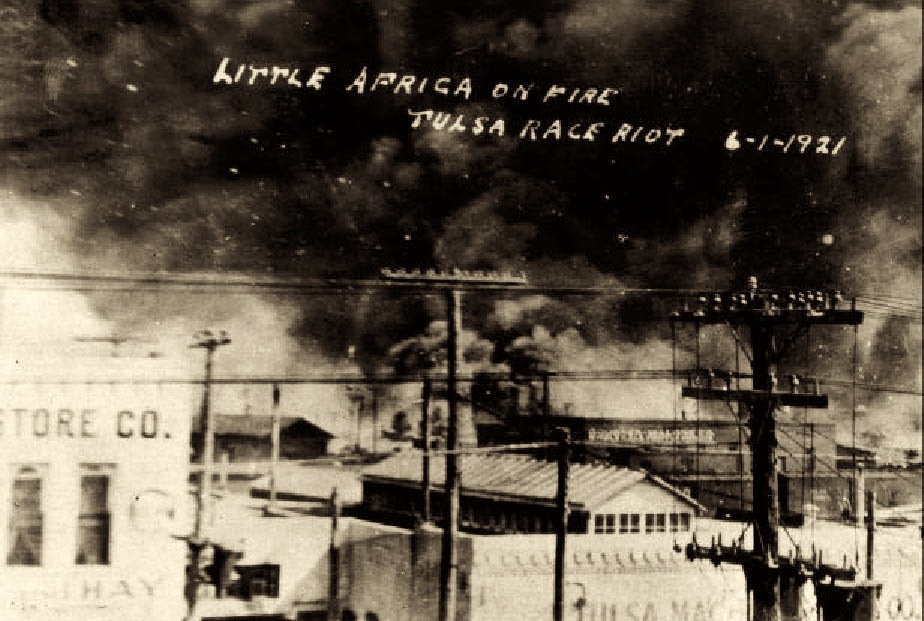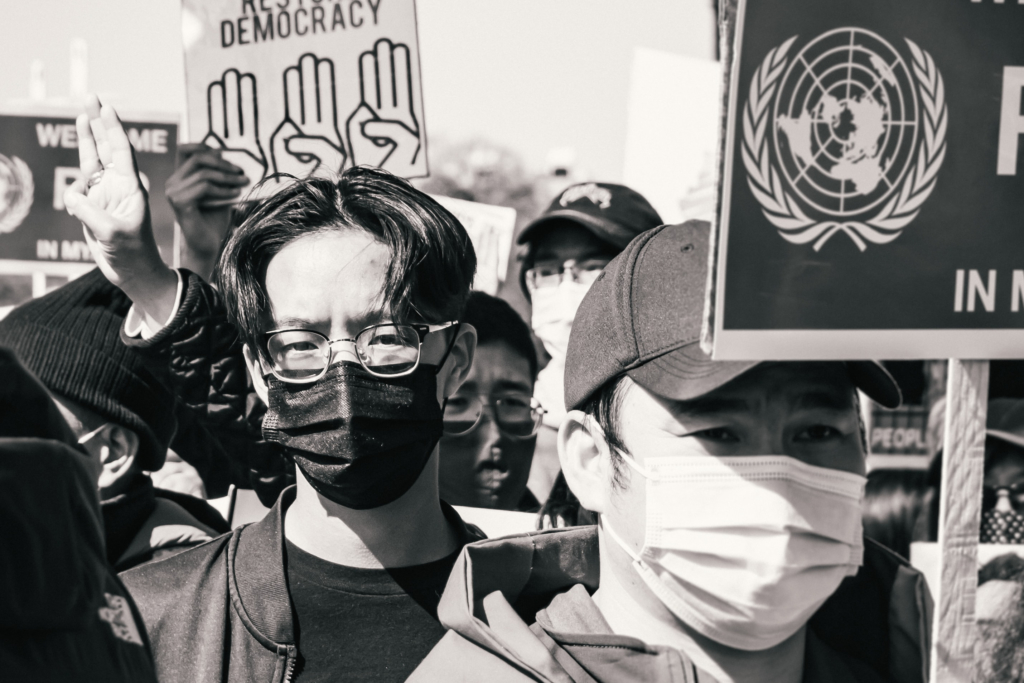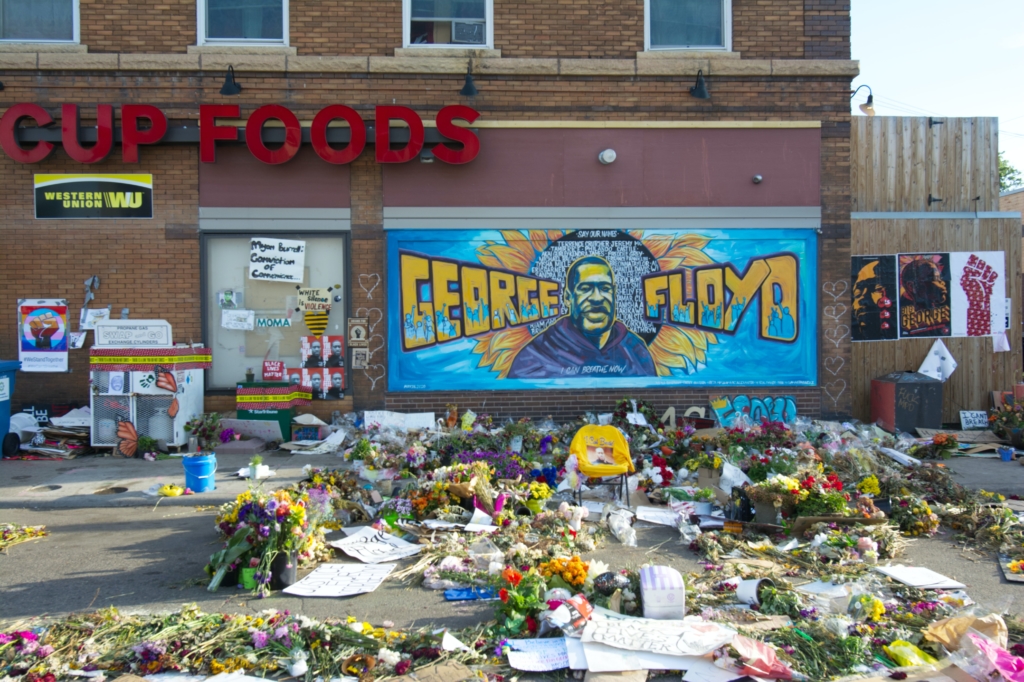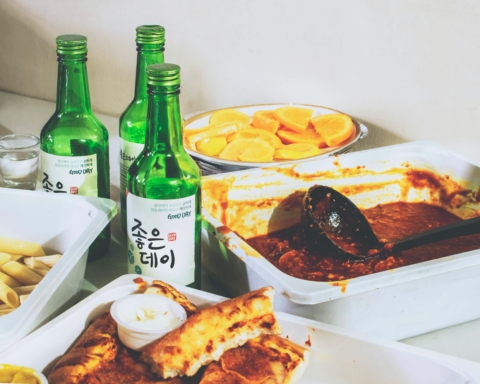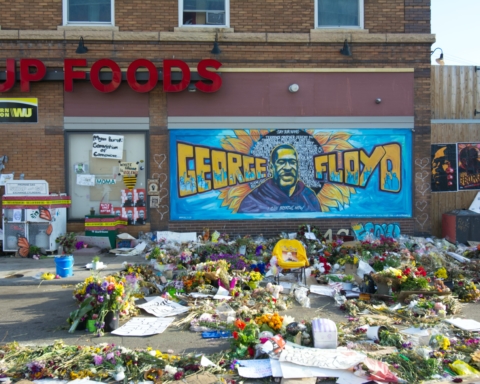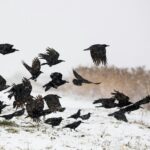Nearing the 100th anniversary of the Tulsa Race Massacre, May 31-June 1, 1921
Scorched ghosts with ashy-crusted
brows and hair, dressed in sooted
antique clothes, press their palms
against the tinted glass.
They peer into this room of higher learning
where air and light are clear;
a poet’s word and history seminar
gathers Black and White together.
The poet native to the state riffs on 1921
which the city scrubbed away for so long,
pale minds craving history clean and shiny.
Seeming subject skittish, she scarcely
grants my draft on 1921 a nod, saying
as she steps before the dais, ‘Who next.’
*
On Haskill Street, two blocks from here,
seven sets of crumbling concrete steps
rise neighborly to vacant grassy lots
where vanished homes pine for their walls
and wind tattoos the naked sites.
*
Eighteen hours the white mob hunted,
looted, burned and killed, armed
with guns and ropes and cloth-
wicked bottles sloshing gas.
From biplanes pitchy missiles
dropped upon the roofs
of Greenwood District – Black Wall Street –
igniting, popping plaster, collapsing beams:
such are the bonfires of envy.
The screams and cries of children,
the quiet tones of shushing women
still wind like streams through the town;
some were killed; the men defended
but when cornered and outnumbered
they surrendered, and they were killed.
*
Reported chronicles of losses: churches
schools, hospital; enterprises:
hotels, cafés, movie houses,
banks, clothiers, law and doctor offices
and more – 191 gone; houses looted – 215,
burned to the ground – 1,256;
all told, thirty-five blocks destroyed.
8,000 homeless; 6,000 held;
estimated dead upwards of 300
nearly all deprived of formal naming,
carted off and dumped, stories
and rumors of where passed down.
No rituals of death for the disappeared.
*
From Greenwood see them flee.
In Greenwood see them fall.
Billowing smoke buffets and bruises the sky.
*
Today the city rises proud and tall,
built by gas and oil; the highway loop
through Greenwood built to serve us all.
Statues, a tower and lovely grounds
two blocks south – the John Hope Franklin
Center for Reconciliation and Park –
commemorates the event; origins; contributions;
pain and struggles; yet a zone perdures –
divides the halves of this town.
Late at Oaklawn’s Potters’ Field,
the commissioned dig and strike
a coffin with a spade.
Here lies a mass grave.
Once hidden these ‘original eighteen’
await the restoration of their names.
The Oklahoma sky, sun-bitten,
hovers over all the haunting and the haunted
dead, and all who walk among the living.
________
Work by Mary Margaret Freeman has appeared in Outside the Lines, The Christian Century and First Things. Active in community poetry groups, she’s been a featured performer at Living Arts of Tulsa.
Photo from the public domain, with permission of Department of Special Collections and University Archives, McFarlin Library, University of Tulsa.
________
100 years later, Tulsa Race Massacre survivors appeal to lawmakers: ‘I hear the screams’
[ABC News]
Human remains found at possible 1921 Tulsa Race Massacre mass-grave location.
[The Black Wall Street Times]
[The Black Wall Street Times]

